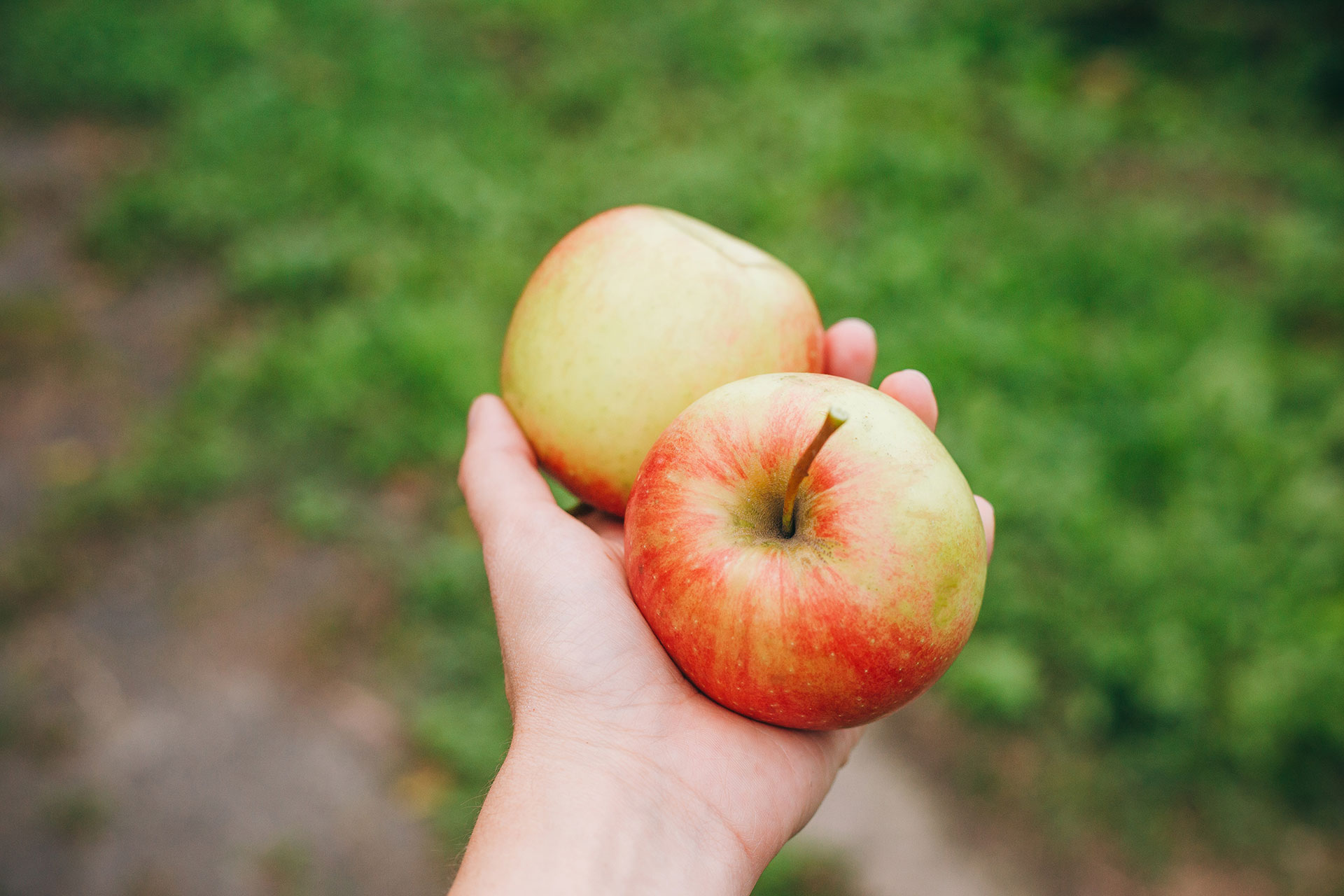“I work a lot with parents and some of what they hear is: your kids should have an apple and a glass of water. And if they don’t drink the glass of water and eat the apple, then it’s just like the outer darkness. Everything else is terrible. Then the question is, ‘I can’t get them to do this, what’s next?’ I think we’re not giving them that next best messaging.”
I have come to believe that there is not enough second-best parenting advice. What do I mean by that? A lot of the advice we give to pregnant people and parents takes an approach that implies “this is the best and only option you should consider, and you’ve failed if you do anything different.” Why don’t we talk more about the second (or third, or fourth) option if, for example, your kid won’t drink milk or eat their carrots?
Economists often use the terms “first best” and “second best.” What I think is important conceptually is that the second best is still a type of “best.” It’s a solution that is the most ideal given the constraints the decision maker (in this case, the parent) faces. It’s better than any of the other feasible options.
Saying there is only one top-line, first-best, optimal behavior fails to recognize that there is a second best option out there. But if we talk only in absolutes, black or white solutions, how do people know what to do when those don’t work?
This kind of messaging isn’t just unhelpful; it is an easy way for parents to feel like they have failed their kids. How can we give people a sense that they are making a good choice, even if it is not the first-best one?
Let’s look at an example: child nutrition.
The first best option is that your child has a balanced diet full of vegetables, whole grains, and lean protein and drinks only milk and water.
Unless you are raising a cyborg, this is likely not possible. You might find you’re caught between the first best and some other constraint — like getting enough calories or staying hydrated. But then what do you give up on?
Is it better to get some vegetables through veggie chips, or is this in some way misleading their taste buds, so you’d be better off just skipping veggies altogether?
If my kid doesn’t drink plain milk or water: is there any real ranking between Gatorade, soda, juice, or strawberry milk? (The experts have thoughts on this particular question – more on that here.)
I know the pushback on this, because I get it often—if we tell people about the second best option, they won’t do everything they can to achieve the first best option. My belief: they’re likely not doing the first best option anyway, because it is rarely possible given the constraints that come with being a parent. Also the difference in actual outcomes between the first and second best is often very small and is almost always better than giving up entirely.
So my message? Let’s embrace the second-best option when we need it, and in doing so, feel confident that it means we’re doing what’s best for our kids.
We are so grateful to count Emily Oster as one of the trusted advisors that makes up PLEZi Nutrition’s Kitchen Cabinet. More on her involvement and focus on kids’ nutrition here. The article above has been paraphrased from Emily Oster’s ParentData newsletter. Subscribe here and follow @profemilyoster on Instagram for more insights and data about all things modern parenting.

